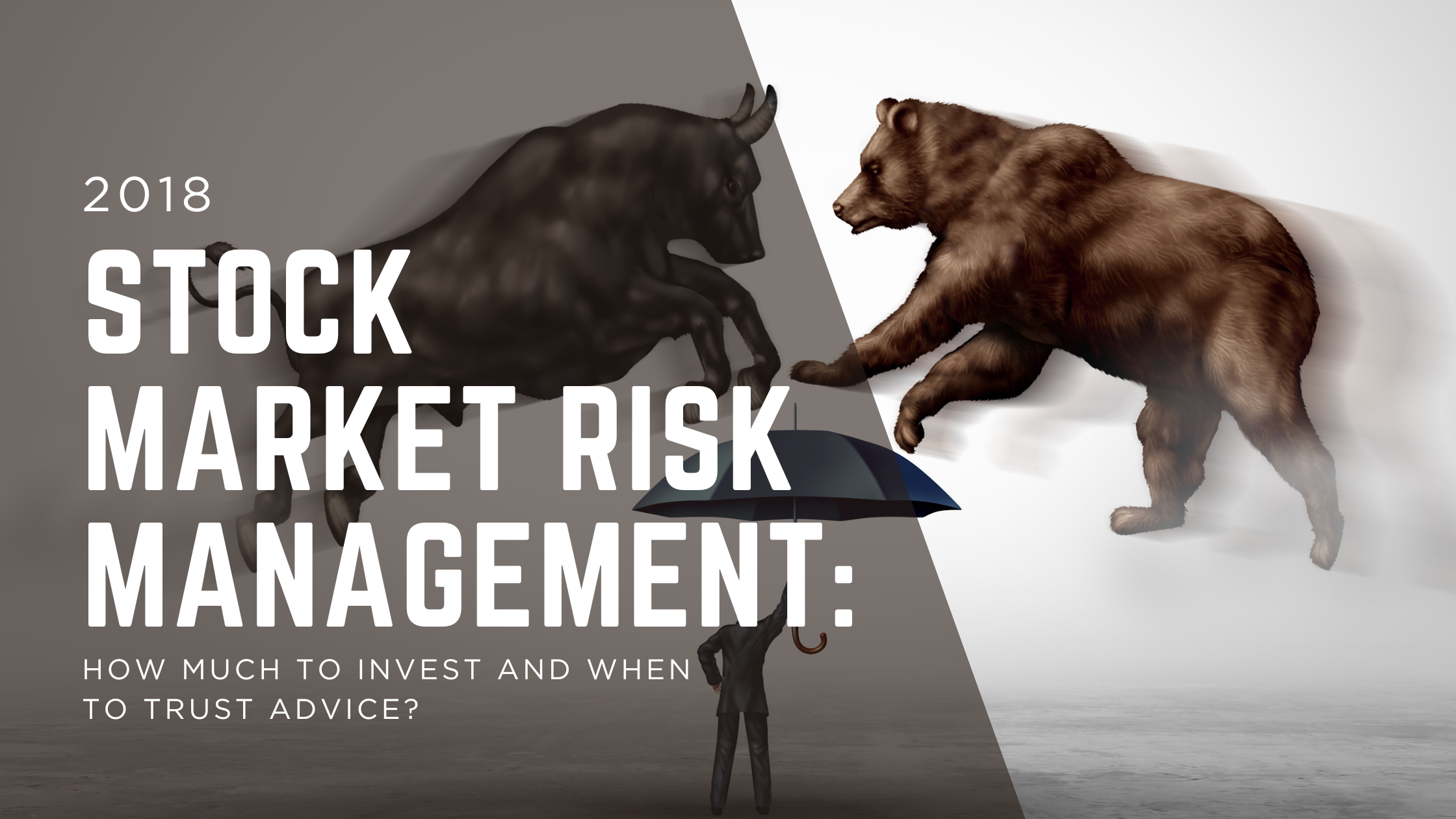
Continuing our stock market education series, we now explore crucial risk management principles and investment decision-making. Learn how to determine your appropriate investment amount, avoid common pitfalls, and build a foundation for informed stock market participation.
⚖️ Pro Tip
The fundamental rule of investing remains unchanged: higher potential returns always come with higher risk. Understanding your personal risk capacity is more important than chasing maximum returns.
The Fundamental Risk-Return Relationship
Understanding Investment Trade-Offs
Why higher returns necessarily involve greater risk.
📊 Risk-Return Principle
- Basic Rule: Higher returns = Higher risk
- Company Quality: Weaker companies offer higher interest rates to compensate for risk
- Stock Advantage: Stocks offer superior returns to fixed deposits due to increased risk
- Investment Reality: No high returns without accepting significant risk
Determining Your Investment Capacity
Personal Risk Assessment
How to evaluate your individual capacity for stock market risk.
- Age Factor: Younger investors can typically bear more risk
- Employment Status: Steady income supports higher stock allocation
- Life Stage: Retirement proximity reduces risk tolerance
- Debt Considerations: High debt levels suggest conservative approach
Practical Allocation Guidelines
Developing your personal investment allocation strategy.
🎯 Allocation Strategy Framework
- Young Professionals: Higher stock allocation (70-80% of investment portfolio)
- Mid-Career: Balanced approach (50-60% stocks)
- Pre-Retirement: Conservative allocation (30-40% stocks)
- High Debt Situations: Minimal stock exposure until debt reduced
Implementing Your Investment Plan
Sticking to Your Strategy
The importance of discipline in investment execution.
- Pre-Determined Allocation: Decide stock percentage in advance
- Consistency Over Emotion: Stick to plan despite market fluctuations
- Peer Pressure Resistance: Avoid comparing with friends’ investment choices
- Regular Review: Adjust allocation based on life changes, not market noise
The Danger of “Good Advice” and Hot Tips
Independent Research Imperative
Why you should never invest based solely on others’ recommendations.
🚫 Investment Warning Signs
- Unknown Companies: Never buy stocks you don’t understand
- Friend Recommendations: Poor foundation for investment decisions
- Hot Tip Dangers: Often lead to significant losses
- Get-Rich-Quick Mentality: Consistent recipe for investment trouble
The Proper Response to Investment Tips
How to handle stock recommendations responsibly.
- Initial Skepticism: Approach all tips with healthy doubt
- Independent Verification: Research every recommendation thoroughly
- Source Evaluation: Consider the recommender’s expertise and motives
- Due Diligence: Never skip your own research process
Essential Company Analysis Fundamentals
Financial Statement Examination
Basic documents every investor should understand.
📄 Key Financial Documents
- Profit & Loss Statement: Company revenue, expenses, and profitability
- Audit Verification: Chartered accountant validation provides credibility
- Annual Reports: Comprehensive company performance overview
- Quarterly Updates: Regular performance snapshots
Critical Financial Metrics
Essential calculations for stock evaluation.
- Earnings Per Share (EPS): Net profit ÷ Number of shares
- Price/Earnings Ratio (P/E): Market price ÷ EPS
- EPS Importance: Measures company profitability per share
- P/E Utility: Helps assess if stock is overvalued or undervalued
Practical Analysis Approach
Building Your Research Process
Developing a systematic approach to stock evaluation.
🔍 Research Checklist
- Obtain and review annual reports and financial statements
- Calculate basic financial ratios (EPS, P/E, debt-to-equity)
- Research company leadership and management track record
- Analyze industry position and competitive advantages
- Review historical performance and growth trends
Alternative Investment Approaches
Professional Management Options
When to consider delegating investment decisions.
- Intimidation Factor: If stocks seem overwhelming, consider professional help
- Diversified Equity Funds: Spread risk across multiple companies
- Expert Research: Fund managers conduct deep company analysis
- Accessibility: Participate in stock market without individual stock research
Mutual Fund Advantages
Benefits of professionally managed investment vehicles.
🏦 Professional Management Benefits
- Research Delegation: Experts analyze companies full-time
- Instant Diversification: Single investment spreads across multiple stocks
- Risk Reduction: Individual company risk minimized through diversification
- Time Efficiency: No need for individual stock research and monitoring
Common Investment Mistakes to Avoid
Behavioral Pitfalls
Psychological errors that undermine investment success.
- Overconfidence: Investing beyond your knowledge or risk capacity
- Herding Behavior: Following crowd behavior rather than analysis
- Tip Dependency: Relying on others’ recommendations without verification
- Emotional Allocation: Letting greed or fear dictate investment amounts
Strategic Errors
Common missteps in investment approach.
❌ Strategic Mistakes
- Investing emergency funds in stocks
- Borrowing money to invest in stock market
- Concentrating too heavily in single stocks
- Chasing past performance without understanding future prospects
- Ignoring personal risk tolerance in pursuit of higher returns
Building Your Investment Foundation
Progressive Learning Approach
How to gradually build your stock market expertise.
- Start with mutual funds while learning stock analysis
- Paper trade to practice analysis without risking real money
- Begin with small positions in well-researched companies
- Gradually increase individual stock exposure as knowledge grows
- Continuously educate yourself about investing principles
Risk Management Priority
Keeping capital preservation as your primary focus.
🛡️ Capital Protection Strategy
- Never invest money you cannot afford to lose
- Maintain emergency fund separate from investment portfolio
- Diversify across different companies and industries
- Regularly rebalance portfolio to maintain target allocation
- Have clear exit strategies for every investment
Getting Started: Your Action Plan
Immediate Next Steps
Practical actions to begin your investment journey safely.
- Assess your financial situation and risk tolerance honestly
- Determine your stock market allocation percentage
- Research reputable mutual funds for initial diversification
- Develop a basic understanding of financial statements
- Create a written investment plan with clear guidelines
Conclusion: Informed Investing Success
The Balanced Approach
Successful stock market investing requires balancing opportunity with caution, knowledge with humility, and ambition with realistic risk assessment.
Final Wisdom
Remember that the most successful investors aren’t those who take the most risk, but those who best understand the risks they’re taking. Your investment journey should be marked by continuous learning, disciplined execution, and respect for the fundamental relationship between risk and reward.
🎯 Key Success Factors
Appropriate risk allocation + Independent research + Disciplined execution + Continuous learning = Sustainable investment success
“A wealthy person is simply someone who has learned how to make money when they’re not working.” – Robert Kiyosaki







